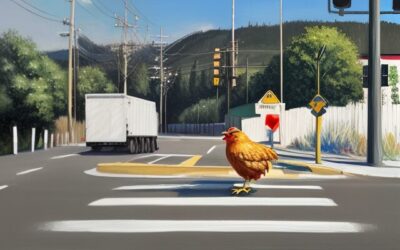90 years ago, in 1924, the last gray wolf was shot in Northern California, rendering them eradicated from the state. In the past two years, however, they have made a surprising return to their native grounds. With seven packs and over 50 wolves roaming the state, including a record number of 30 pups born this spring, their comeback is nothing short of historic. Though these numbers are still much smaller than their population years ago, and you won’t encounter a wolf on your morning hike through Coyote Point or the Hills of the Peninsula, their resurgence speaks to a larger story of wildlife conservation and Northern California’s role in preserving its historical landscape.
The wolves now inhabiting parts of Northern California are descendants of the famous wolf, OR-7, who made its way down into Siskiyou County from Oregon in 2011. Four years later, the first pack since the 1920s was formed. The past two years, however, have seen an immense shift, more than doubling the total population and moving further away from the border. In parts of Yosemite, the return of gray wolves has promoted its natural ecosystem as deers avoid large parts of the park, allowing vegetation to grow faster, trees to grow taller, allowing beavers to return to the rivers, and encouraging more ecological diversity.
Though these wolves remain far from urban centers, the Bay Area has played a key role in supporting wildlife conservation efforts. Organizations like the California Wolf Center and Defenders of Wildlife are working to educate the public and lobby for policies that protect wolves nationwide. For anyone interested in learning more about these animals and their impact on California’s landscape, the Oakland Zoo’s California Trail exhibit highlights the animals that once roamed the state, including wolves. While the zoo doesn’t have wolves in captivity, it’s an excellent place to learn about the region’s top predators, from grizzly bears to mountain lions—species whose stories are intertwined with that of the gray wolf. On the Peninsula, Curiodyssey also devotes itself to highlighting the species native to the Bay Area, and, though wolves are also not in captivity there, their importance to the native ecosystem can be felt.
More Helpful Articles
Celebrate Halloween Bay Area Style!
Happy October! As you prepare for your Halloween festivities this year, we invite you to celebrate with a little Bay Area twist. The Bay Area is an important hub for entertainment and exciting personalities, with decades of history to prove it. Here are some of our...
Bay Area Pumpkin Patches!
Happy Fall! As temperatures begin to drop, and Halloween decorations can be found in every store, it is time to head to a pumpkin patch to get in the spooky spirit! With Half Moon Bay, nicknamed the World Pumpkin Capital, just around the corner, there is no shortage...
Traffic Safety in the Bay Area
Why did the chicken cross the road? To get to the other side (as San Francisco drivers yield). In a city known for its creativity and eclectic antics, the San Francisco Police have recently taken traffic enforcement to a new height: inflatable chicken costumes. A...






Recent Comments